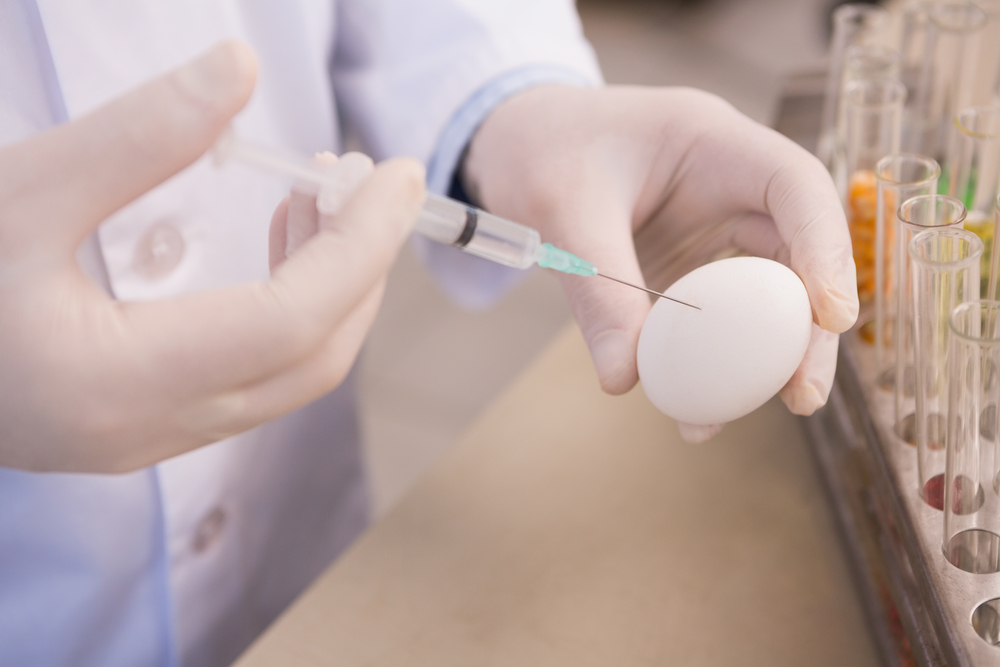I have had a passion for food and food science since as far back as I can remember so it was a natural progression to have food science be my major in college. Having worked in an R&D lab, I love keeping up on food trends. This allows me to follow my passion and benefits my current role as a CPG recruiter. I found myself chatting with a current R&D scientist and got the inside scoop on what is currently going on behind the scenes. Here are my findings!
With the FDA proposing to update the Nutrition Facts label found on most food packages in the United States, R&D scientists are in a frenzy to reformulate product to make it appear healthier on the new label. If adopted, the proposed changes would include the following.
Provide a Greater Understanding of Nutrition Science
- Require information about “added sugars.” Many experts recommend consuming fewer calories from added sugar because they can decrease the intake of nutrient-rich foods while increasing calorie intake.
- Update daily values for nutrients like sodium, dietary fiber and Vitamin D. Daily values are used to calculate the Percent Daily Value listed on the label, which help consumers understand the nutrition information in the context of a total daily diet.
Updated Serving Size Requirements and New Labeling Requirements for Certain Package Sizes
- Change the serving size requirements to reflect how people eat and drink today, which has changed since serving sizes were first established 20 years ago. By law, the label information on serving sizes must be based on what people actually eat, not on what they “should” be eating.
- Require that packaged foods, including drinks, that are typically eaten in one sitting be labeled as a single serving and that calorie and nutrient information be declared for the entire package. For example, a 20-ounce bottle of soda, typically consumed in a single sitting, would be labeled as one serving rather than as more than one serving.
Refresh Design
- Make calories and serving sizes more prominent to emphasize parts of the label that are important in addressing current public health concerns such as obesity, diabetes, and cardiovascular disease.
- Shift the Percent Daily Value to the left of the label, so it would come first. This is important because the Percent Daily Value tells you how much of certain nutrients you are getting from a particular food in the context of a total daily diet.
I can only imagine the conversations at the round table of snack food and beverage companies!
Another hot topic in R&D is how to incorporate protein into everything. Now R&D scientists are looking out of the box for non-allergenic sources for example: lentil, quinoa and ancient grains. Interesting fact: Whey protein is added to the chocolate coating on granola bars we buy at our local grocery stores. Who would have known!
Other topics that are front of mind for R&D in food manufacturing companies include the ever troubling allergen issues as well as the controversy with regards to GMO’s. I am excited to see what R&D will be focused on in 2015 and will be anticipating the new food labels with the nutrition facts update.
This is the food science enthusiast signing off!
References: www.fda.gov

